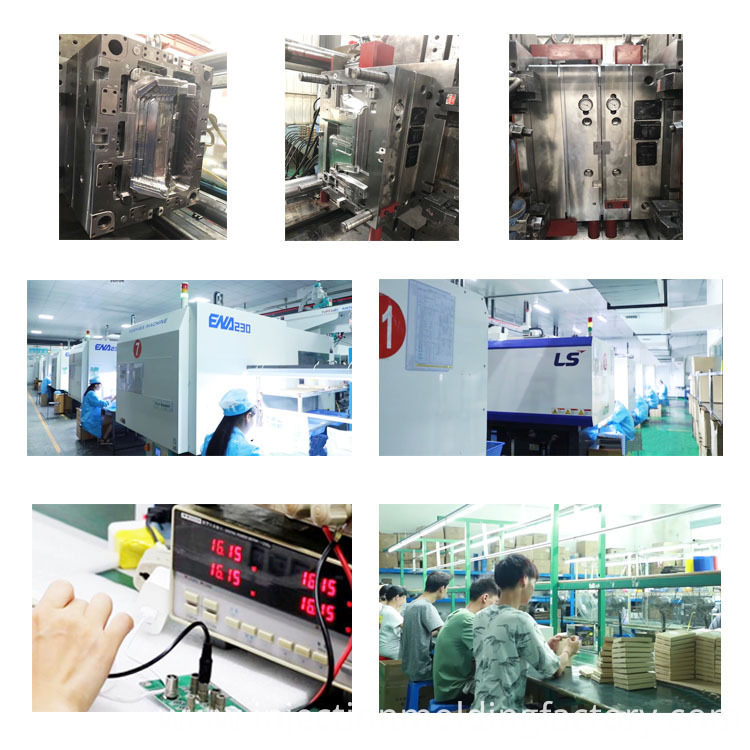[ Instrument Network Instrument Development ] Recently, the Institute of Process Engineering of the Chinese Academy of Sciences proposed a new type of polytetrafluoroethylene (PTFE) hollow fiber membrane based on nanofiber assembly by emulsion electrospinning. Compared with the traditional mechanical stretching method of PTFE hollow fiber membrane, the membrane has the advantages of nanofiber membrane (high porosity) and hollow fiber membrane (self-supporting and high packing density), and no organic solvent is needed for the entire film forming process. And lubricants, to achieve a new breakthrough in the green preparation and membrane properties of PTFE hollow fiber membranes.

PTFE is considered to be an ideal hydrophobic film material because of its excellent corrosion resistance, thermal stability and hydrophobicity, but it is difficult to be dissolved, and melt flowability is poor, making it difficult to process. At present, the only processing method of PTFE hollow fiber membrane is mechanical stretching method, but the membrane prepared by the method has low porosity, which seriously restricts the efficiency of the separation process.
Cao Hongbin, a researcher at the Institute of Process Engineering, proposed that polyoxyethylene (PEO), which has high viscosity and easy to thermally decompose in aqueous solution, be used as a binder and PTFE particles are mixed into an aqueous spinning solution, and a non-rotating wire electrode is used as a continuous preparation receiver. The PEO coated PTFE particles are drawn into PTFE/PEO hybrid nanofibers at a high voltage and deposited on the wire electrode to form an initial film. After sintering at a certain temperature, the PEO molecules in the initial film are completely decomposed, and the PTFE particles are melted into nanofibers and assembled into a target PTFE hollow fiber membrane by fiber joint bonding.
The vapor flux of the membrane in the membrane distillation application reached 4.6 to 8.8 times that of the commercial PTFE hollow fiber membrane and 3.2 to 11.6 times as reported in the literature. The micro-nano-stage structure of the fiber imparts superhydrophobicity to the membrane, exhibiting high and stable desalination performance in membrane distillation experiments with long-term and increasing salinity, indicating that it is in the fields of seawater desalination, high-salt wastewater treatment, etc. Has a good application prospects.
The relevant results were published in the Journal of Membrane Science (J. Membr. Sci. 2019, 583, 200-208), and were reported by the China Membrane Industry Association, Science Network, Sohu.com and other media.
In recent years, the Environmental Engineering Technology and Engineering Group of the Process Engineering Institute has conducted a series of studies on the functional/performance enhancement and scale preparation methods of nanofiber membranes. In order to increase the packing density of nanofiber membranes, the researchers first proposed the assembly of nanofibers into a hollow membrane structure (Mater. Lett. 2017, 204, 8-11.); based on the analysis of the trajectories of nanofibers in the spinning process, Developed new technologies and theories for large-scale electrospinning of nanofiber hollow membranes (J. Membr. Sci., 2018, 562, 38-46), which were successfully applied to wastewater ammonia recovery and exhibited high selectivity and Flux (Sep. Purif. Technol. 2019, 216, 136-146); proposes a fast, broad-spectrum new welding method for controlling the pore size distribution and mechanical strength of nanofiber membranes (C Su, et al. J. Membr. Sci . 2019); The use of the principle of additive manufacturing to deposit nanofibers and microclusters layer to improve the anti-fouling performance of the membrane (C Su, et al. Environ. Sci. Technol. 2019).
The above work was supported by the National Natural Science Foundation and the National Key R&D Program.
Disinfection Device
Disinfection machine is a kind of machine that uses mechanical principles to produce physical or chemical disinfection elements to act on toxic substances to achieve the purpose of disinfection. It is widely used in medical and daily life fields. Its basic function: can kill and remove pet odor, smoke, sweat, odor, fiber, plankton mold, virus, plankton bacteria, mites, pollen, dust, dander, toluene, xylene, total volatility Organic matter (TVOC), benzene, formaldehyde, carbon monoxide, carbon dioxide and nitrogen oxides in automobile exhaust, etc.

Disinfection Device,Touchless Soap Dispenser,Soap Dispenser Pump,Sanitizer Gun Machine,Electrostatic Sanitizing Gun
Sung Precision Mould & Plastic Co., Ltd. , https://www.injectionmoldingfactorys.com

